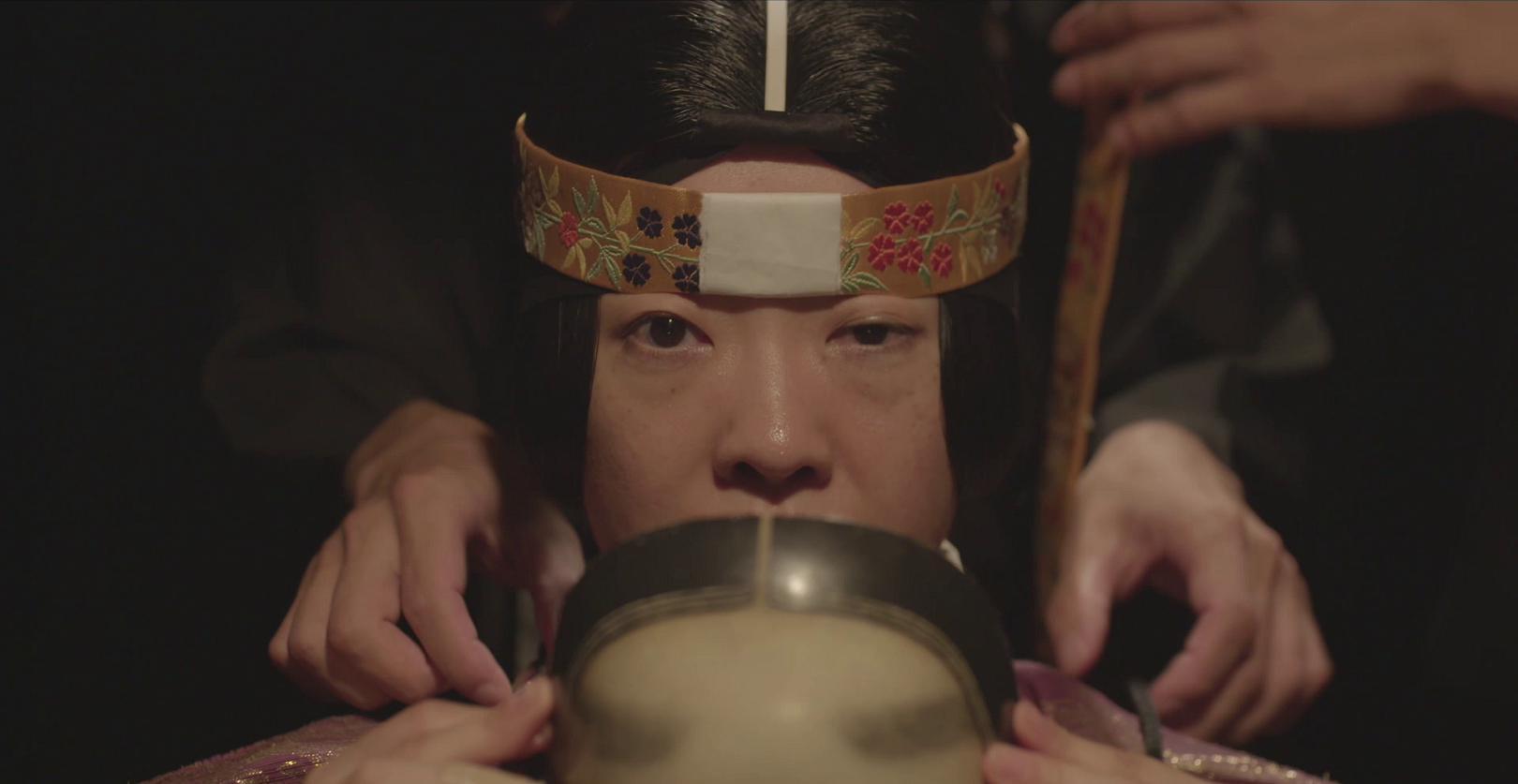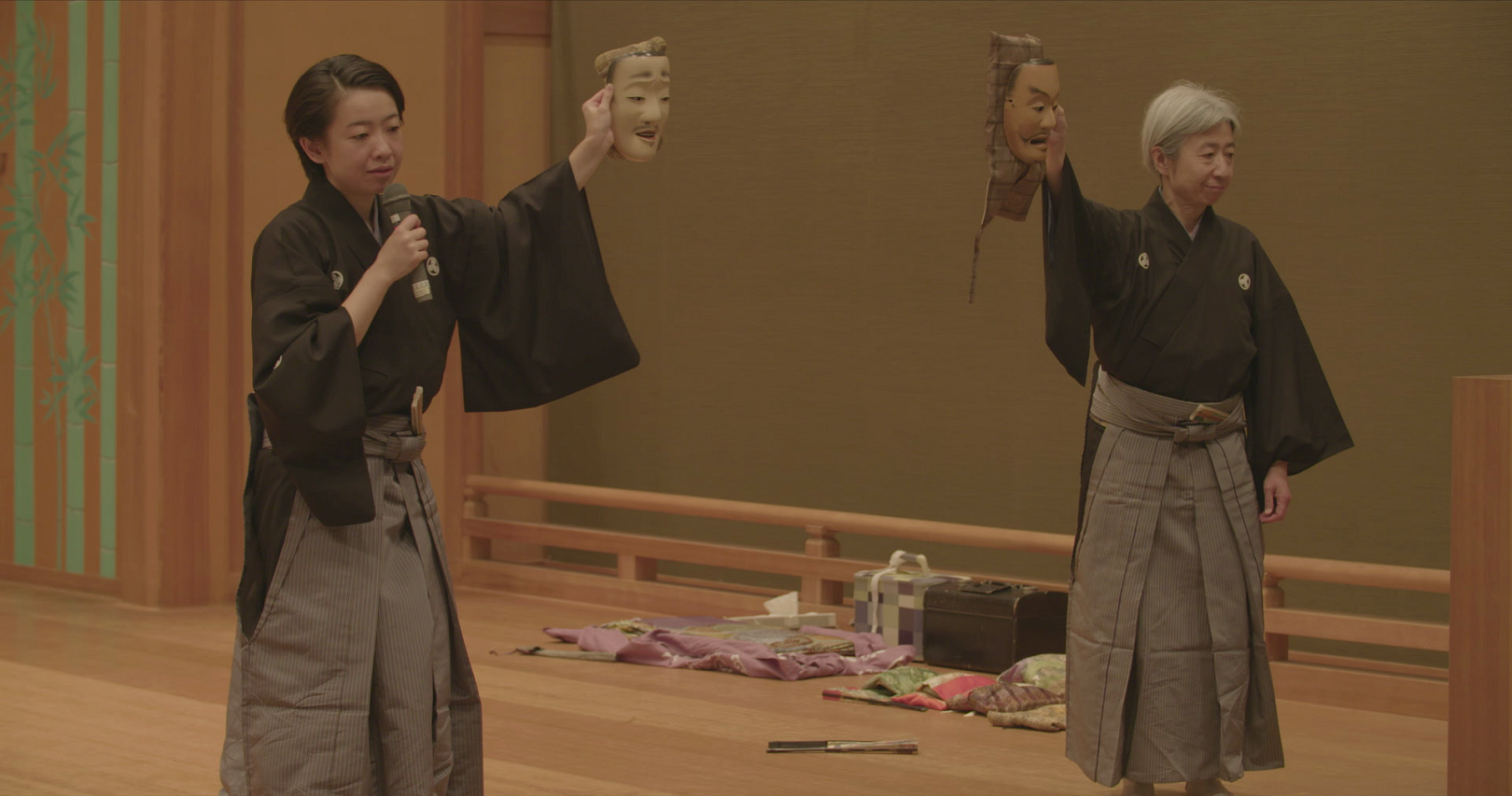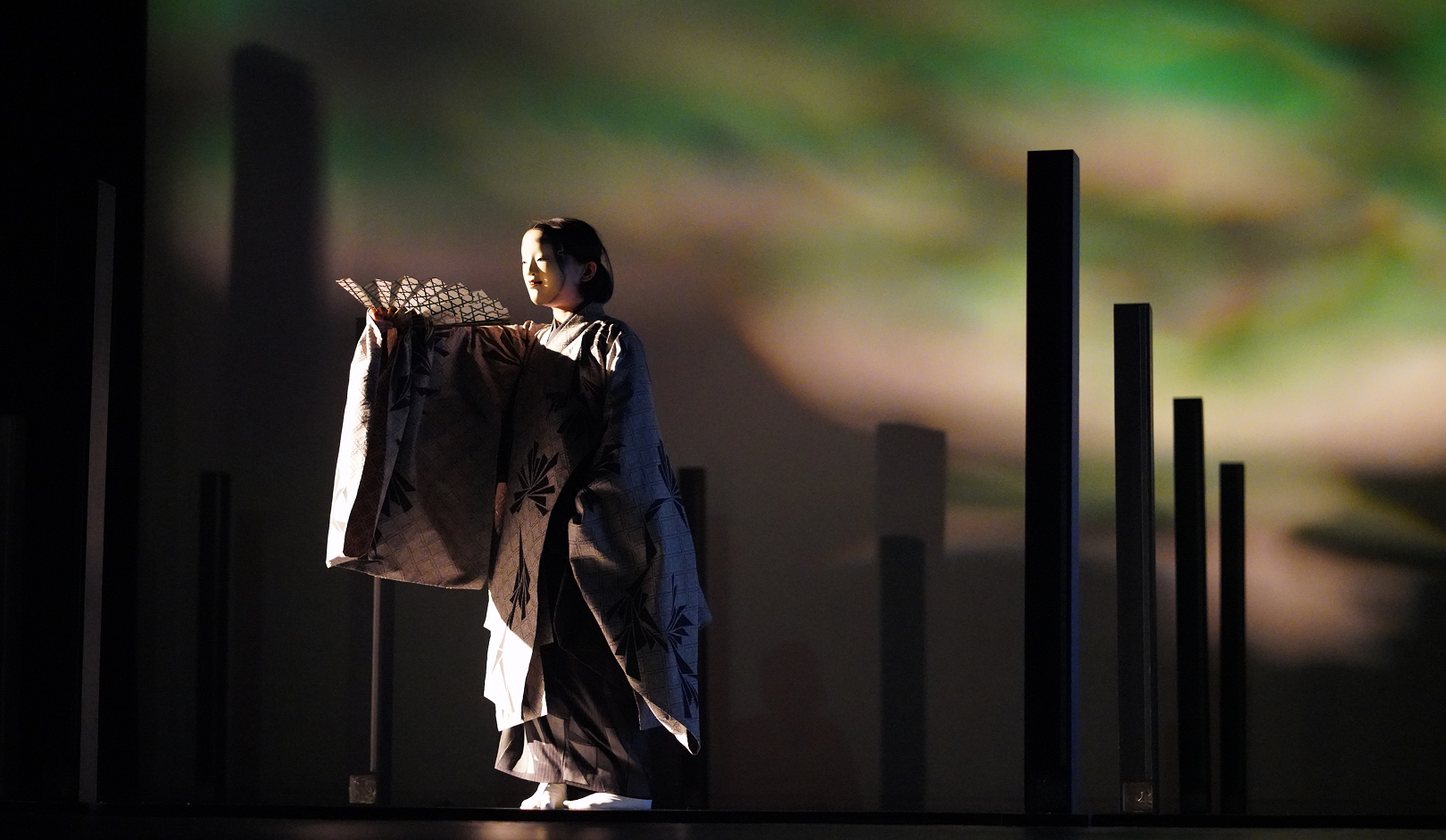Production Pitch
My Mother is a Noh Actor
CHEUK Cheung
- Hong Kong
- 75min
- DCP
- color
Synopsis
This is a film about a Japanese female Noh actor dealing with her struggles in both her personal and professional life, as she learns to find her “self” outside of her mother’s footsteps, in a male-dominated empire of Noh − a traditional performing art with 650 years of history. It was never the plan of Masashi UZAWA − a Noh master, and Hikaru UZAWA’s grandfather - to let Hikaru’s mother Hisa, and later Hikaru, perform on stage as a profession. Hikaru and Hisa are the only mother and daughter pair among the handful of female Noh lead performers, which is known as “shite”, in Japan today. As a pioneer, Hisa has been recognized as a Preserver of Important Intangible Cultural Property (commonly known as Living National Treasure) by the Japanese government. Since Hikaru’s stage debut at the age of 3, she has been promoting the tradition and later performed worldwide. Yet both Hikaru and Hisa have to constantly stay alert and fight in the male-dominated industry. Unlike her mother, Hikaru didn’t get married and gave birth at 30. Her audience is looking for more innovative expressions of art. She intends to advance her career by starting her own theatre company and to be independent of her mother. Like many women at her age, she feels the need to get pregnant for the expectation of her husband’s family, as well as from her mother to sustain the Noh lineage of UZAWA. However, at the age of 40, she is facing a dilemma that pregnancy would delay her career plans. While charting what a woman “shite” can do in the modern world, Hikaru is being constrained by a woman’s role in Japanese society, as a mother, a daughter, and a wife.
Director's Statement
Traditional performing arts are something I am currently most concerned about. In Asia, the largest number of Intangible Cultural Heritage designated by UNESCO exists, all facing the challenge of sustainability. Some people might find them very far away from their lives. I hope my films can shorten this distance for them, and serve as a record of human’s invaluable cultural heritage. This film is my third work on Asian traditional performing artists, the previous two focused on Chinese Opera artists in Hong Kong and China. In this third film of mine, I have embarked on a journey to Japan, a very different society from Hong Kong and China. Noh is one of the first batch of Intangible Cultural Heritage designated by UNESCO. By looking at the experience of Hikaru, this film will explore the difficulties and challenges that young female Noh actors face, and how they deal with the male-dominated Noh world that they consider unfair. Also the way they understand tradition, art, dream, life, and the self. I first met Hikaru in 2012. She later performed in my theatre projects in 2017 and 2018. I want to explore how theatre elements can play in this film, to tell the story from the stage to daily life about her and her dialogues with her mother Hisa in the art of female Noh actors onstage, and the role of a daughter, a mother or a wife offstage. I hope this could help the audience to understand their experiences regarding their gender-framed careers and women’s role in society.
Director
-

CHEUK Cheung
Credit
- Producer척 청 CHEUK Cheung
켄 후이 Ken HUI


